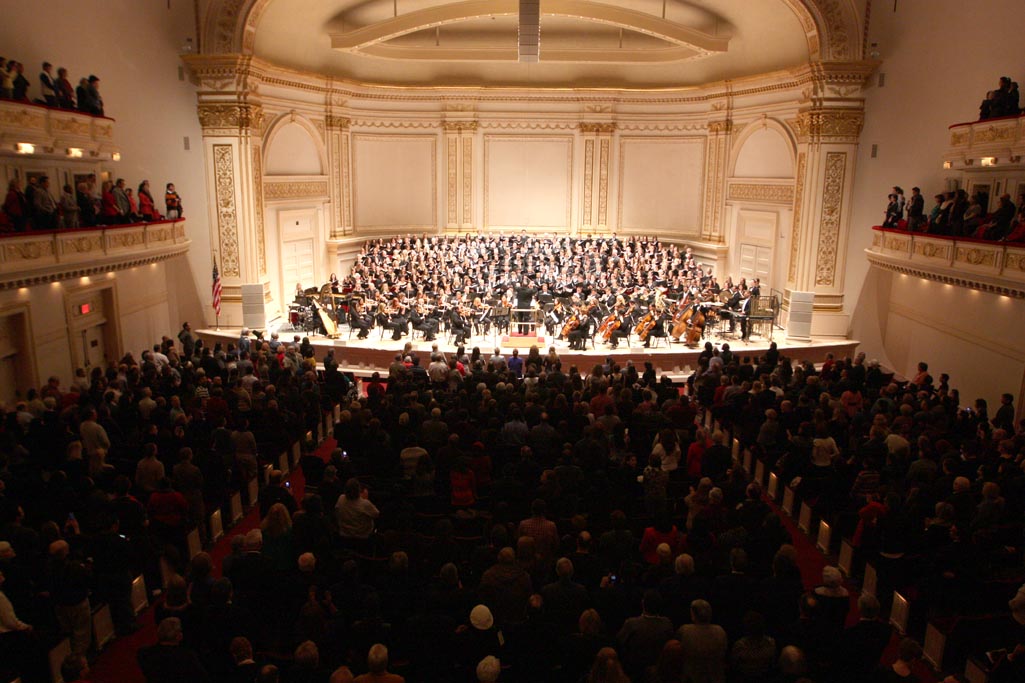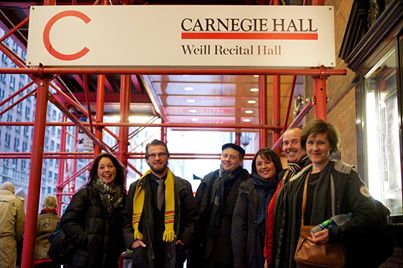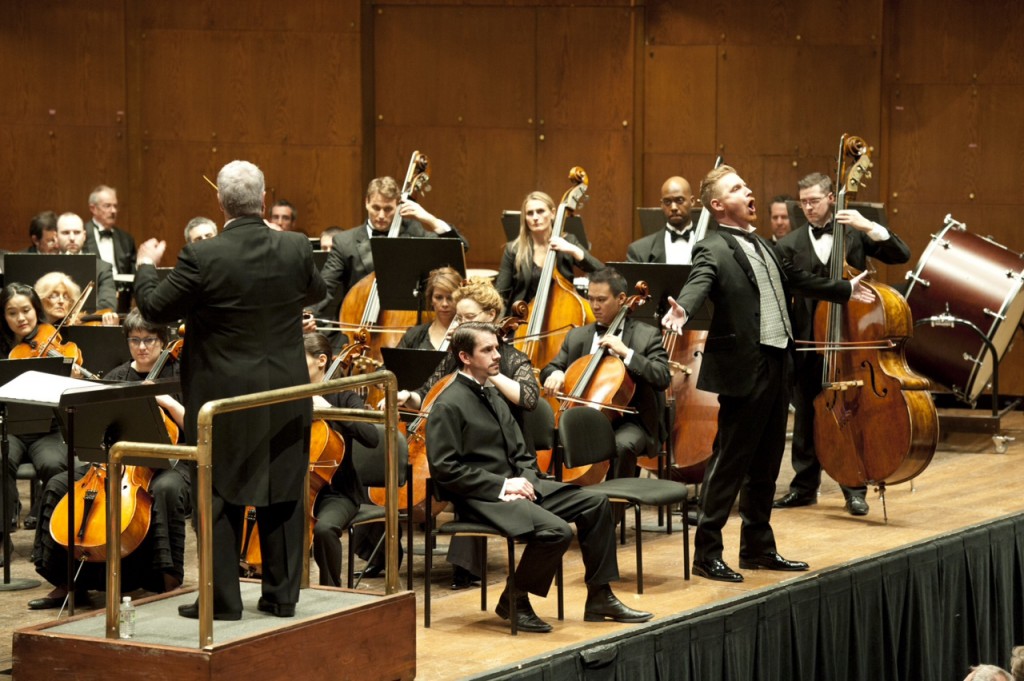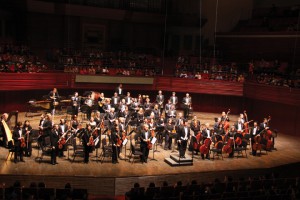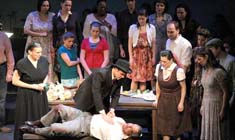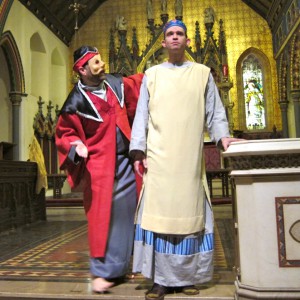For seventy-five years, the Shawnee Press has published music which has become part of the core repertoire of choral groups all over the United States and in many foreign countries. What better way to celebrate this anniversary than by presenting a sampling of this music performed by fourteen choral groups from twelve states (Ohio and Pennsylvania each sent two groups), a contingent of individual singers from around the globe, vocal soloists, three piano accompanists, and a large orchestra led by four different conductors, all brought to Carnegie Hall by Distinguished Concerts International New York?
First a little history, adapted from the concert’s program notes: “In the late 1930s Fred Waring, renowned bandleader and choral master, and some of his friends formed a music publishing company called WORDS AND MUSIC, INC. As he and his famous singing group, “The Pennsylvanians,” grew in stature and popularity, school choral and church choir directors began requesting copies of his unique arrangements. In 1939, the first choral arrangement became available, and in 1947 Mr. Waring changed the name of the company to Shawnee Press.”
Each of the two halves of the concert featured seven of the above mentioned choruses and was divided into two sets, each set directed by a different conductor. First on the podium was Conductor Laureate Tim Seelig, who led the assembled singers and instrumentalists in an arrangement of “America the Beautiful” by Marvin Gaspard. This lush, technicolor arrangement set a pattern for the concert which, for this listener, contained too many works which would have served as perfect concert finales. It sounded great – the DCINY Orchestra played at its usual high level (although the timpanist did get a little overexcited at times), and who isn’t thrilled by the sound of a huge chorus of avocational singers? The audience loved it, and loved all of the concert’s finale-like works, but did these works give a clear idea of the breadth of the massive Shawnee Press catalogue? This catalogue contains fourteen other arrangements of “America the Beautiful,” and multiple arrangements of many of the nineteen other works on the program. It would have been good to hear some of the more simple arrangements and some of the versions of works with just a piano accompaniment. The audience didn’t mind at all, and reveled all evening in the massed sound.
Next on the podium was Mark Hayes, who led performances of his own compositions and arrangements. The accompanist was Shawn Berry, who also accompanied the first set. I do wish he and the other accompanists, Ben Cohen and Heather Sorenson, had more to do.
A different, even larger chorus took the stage for concert’s second half. Although both choruses produced a pleasant sound, the men were sometimes overpowered by the more numerous women, and both by the sometimes too loud orchestra. Crisper consonants would have also improved the diction. Conductors Greg Gilpin and Joseph M. Martin each led performances of their own compositions and arrangements. As with most of the evening’s arrangements, I found these and those on the first half by Mr. Hayes “too much of a muchness,” often obliterating the simplicity and beauty of the original material. I suspect that these “over the top” works were chosen to make a big impression for this celebratory concert, but to continue with my series of clichés, “less would have been more,” if a more varied repertoire had been offered.
I remember with great pleasure the music in Shawnee Press editions I sang many years ago with the Midwood High School Mixed Chorus. I am sure, thanks to the continued success of Shawnee Press, many thousands of people are now creating, and will in the future create, similar memories.

